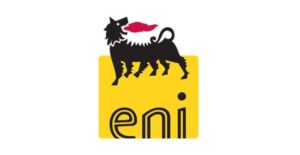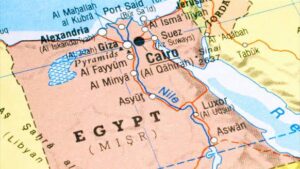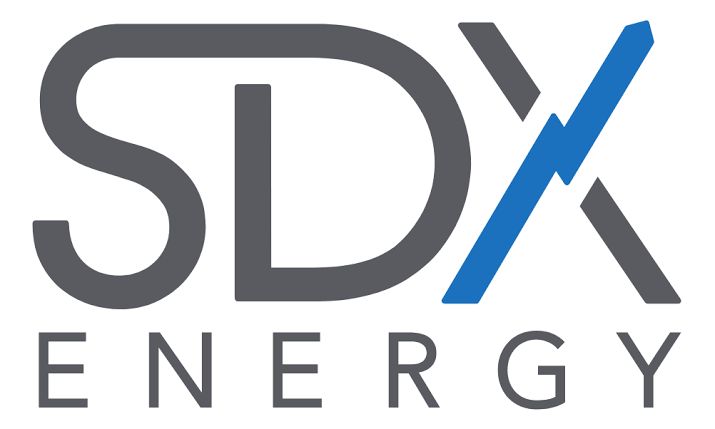 Eni has announced the successful drilling of the first exploration well in the North El Hammad license, in the conventional Egyptian waters of the Nile Delta, on the prospect called Bashrush.
Eni has announced the successful drilling of the first exploration well in the North El Hammad license, in the conventional Egyptian waters of the Nile Delta, on the prospect called Bashrush.
This recent feat achieved by the oil and gas company increases the gas potential of the Abu Madi formation reservoirs discovered and produced from the Great Nooros Area.
As the operator of the block, Eni through its affiliate, the International Egyptian Oil Company (IEOC), holds 37.5% interest while BP and Total who are the contractor members of the block hold 37.5% and 35% interest respectively.
The company said it will continue to explore the Great Nooros Area with another exploration well named “Nidoco NW-1 DIR” located in the Abud Madi West concession targeted for drilling this year.
Eni says together with its partners and in coordination with the Egyptian Petroleum Sector, it will start to consider several development options for the discovery. It aims to speed up production through synergies with the area’s infrastructure.
It said the discovery shows the significant potential of the Messinian formations of gas and condensate off the Egyptian Offshore shallow waters.
The oil company has been in Egypt for about 66 years now and it operated through its affiliate, IEOC production.
SOME DETAILS OF THE DISCOVERY MADE BY ENI
It is in participation with the Egyptian Natural Gas Holding Company (EGAS).
The discovery is located 11 kilometres from the coast and 12 kilometres North-West from the Nooros field and about 1 kilometre west of the Baltim South West field, with both fields already in active production.
It is located 22 metres of water depth.
A single 152 meters of a thick gas column was discovered withing the Messinian age sandstones of the Abu Madi formation that will be tested for production.
The formation boasts of excellent petrophysical properties. (The typical petrophysical properties needed for reservoir engineering are porosity, pore volume compressibility, permeability, relative-permeability-vs.-saturation curves, capillary-pressure-vs.-saturation curves, and liquid saturation).
Source: Eni.com




